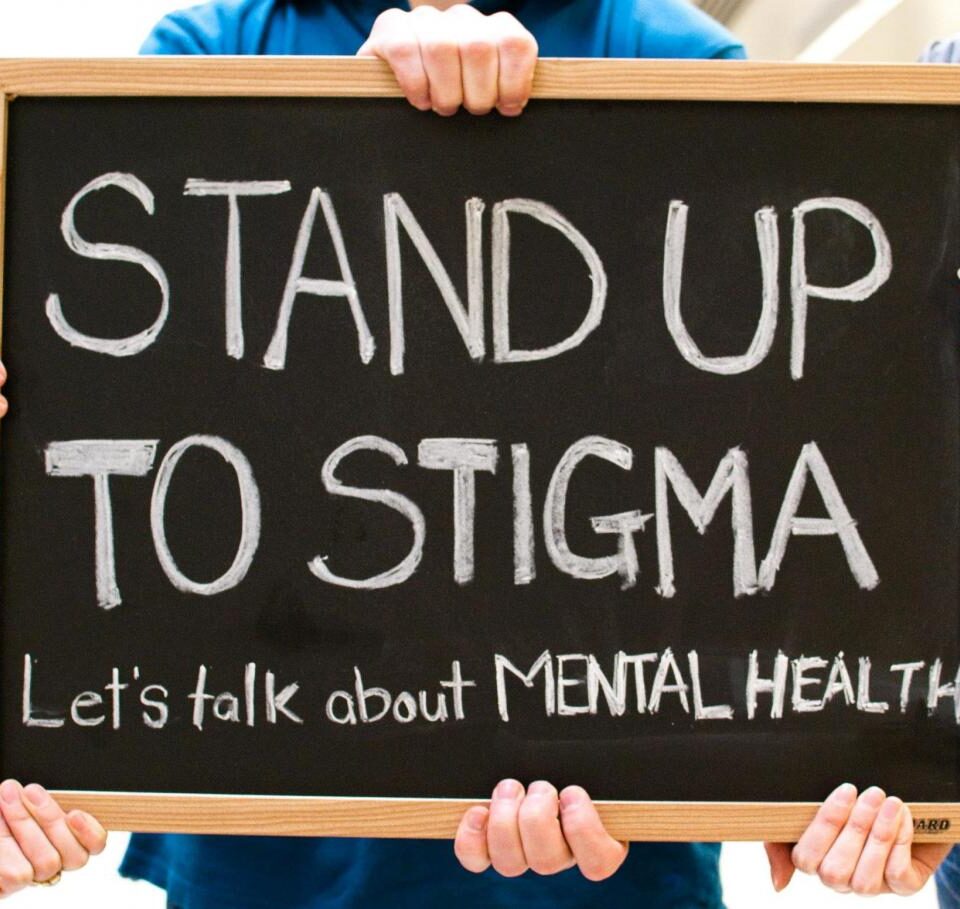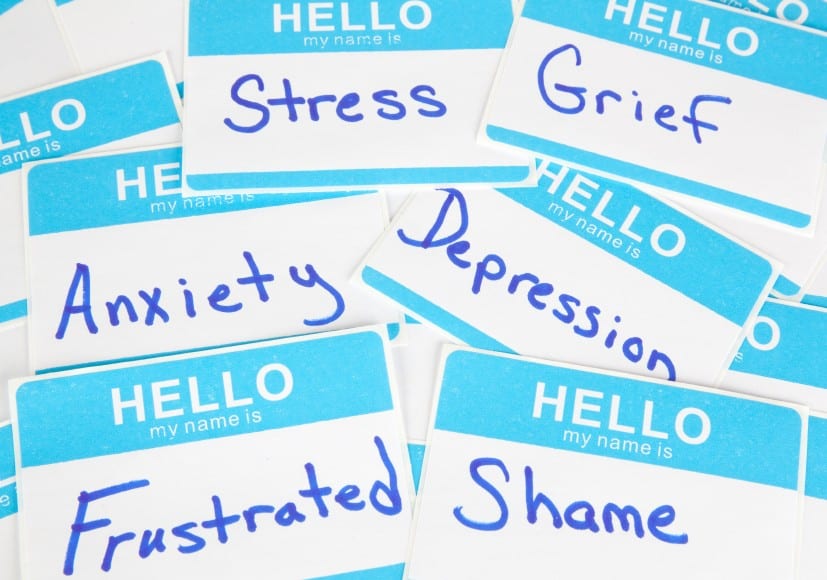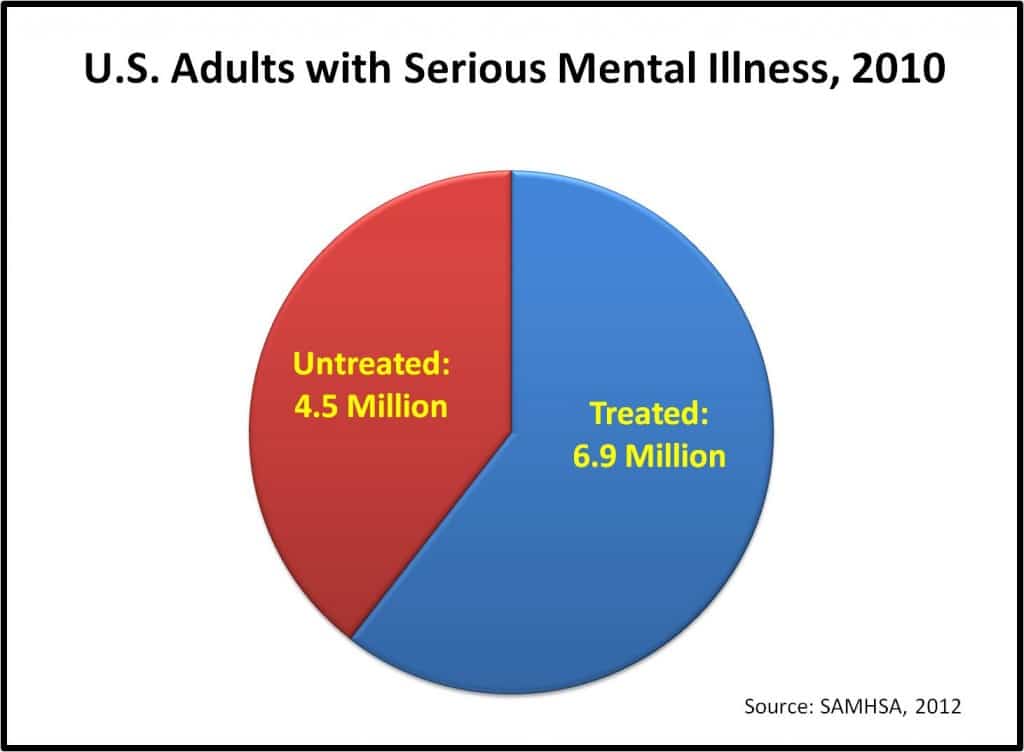The Stigma of Mental Illness
“Mental illness is so much more complicated than any pill that any mortal could invent.” – Elizabeth Wurtzel, Prozac Nation
May is mental health awareness month and about 1 in 4 Americans suffer from a mental illness (http://www.mentalhealthamerica.net/go/may). That estimates to about 60 million people in the United States are enduring or dealing with some form of mental illness that have affected themselves or others in some form. According to the National Institute of Mental Health, research estimates that about “half of all lifetime cases of mental illness begin by age 14, and that despite effective treatments, there are long delays — sometimes decades — between first onset of symptoms and when people seek and receive treatment.” The delay for treatment is because of the stigma that accompanies mental illness. Even though we are now in the 21st century, mental illness is still widely misunderstood by a vast population.
What is a mental illness?
Mental illnesses are medical conditions which affect lifestyle, mood, emotions, ability to relate to others, and disruption of daily functions. Some examples of mental illness include depression (major, seasonal, dysthymia, manic, anxiety, post-partum, and atypical), anxiety disorders (panic attacks, phobias), psychotic disorders (schizophrenia), mood disorder (bipolar), eating disorders, poor impulse and substance abuse, and finally personality disorders.
What is a stigma? How did it originate?
A stigma usually originates from societal expectations on how people should behave. It is common to want to fit in and be part of the crowd. In fact, it is in our DNA to seek out social contact and be part of a group. Whenever a social group considers something “defective” about us, we are rejected or ousted from the group. The Mayo Clinic defines mental illness stigma as such: “Based on stereotypes, stigma is a negative judgment based on a personal trait — in this case, having a mental health condition.” Think about the last time you were judged for having a negative trait. Consider the ignorance, stereotypes, and fear which accompany mental illness as those who are suffering are deemed to have myriad of “negative traits.” Mental illness was recorded as early as 5000 B.C. where it was considered to be a result of spiritual or demonic influence.
What are the common misconceptions and stigmas regarding mental illness?
The SAMSHA website lists these common misconceptions pertaining to mental illness
Myth #1: There’s no hope for people with mental illnesses.
Not true. There are myriad of both traditional and alternative treatments that can help improve a sufferer’s quality of life.
Myth #2: I can’t do anything for a person with mental illness.
Yes, you can. Be mindful of what you say and seize opportunities to speak out against stigma. Don’t label anyone as “crazy”, “psycho”, “wacko”, “loony”, “nutter” or any other deprecating word which can compromise self-esteem. Educate yourself and research about mental health. Learn to treat people who have mental illness with respect and dignity. Be aware that discrimination is more detrimental than harmful when it regards housing, employment, and education.
Myth #3: People with mental illnesses are violent and unpredictable.
False. People with mental illness are often as normal as anyone else and endure the same problems just like regular people. In fact, they are often the victims of crime.
Myth #4: Mental illnesses don’t affect me.
If you witnessed a family member or friend enduring pain, it would induce your empathy. Mental illnesses are known to affect a variety of loved ones. For example, alcoholism is known to affect not just the alcoholic but the entire family with his/her addiction.
Myth #5: Mental illness is the same as mental retardation.
Mental HANDICAPS involves the limitation and impairment of intellectual abilities and deficit of daily living activities. A person is also considered mentally handicapped if their IQ is below 70. Not all people who suffer from mental handicaps suffer from mental illness. People with both mental illness and mental handicaps can lead fulfilling, rich lives with some adjustment and help.
Myth #6: Mental illnesses are brought on by a weakness of character.
Absolutely false. Mental illnesses are often the products of a series biological, psychological, and social factors. People who suffer the loss of a loved one, job, or even the most minute life changes might experience the development of a mental health problem.
Myth #7: People with mental illnesses cannot tolerate the stress of holding down a job.
Every occupation has its stresses. Some people are more productive than others and some are prone to laziness. While SOME people with a mental illness do have a low-stress tolerance, that doesn’t make them incapable of work or flourishing in the workplace.
Myth #8: People with mental health needs, even those who have recovered, tend to be second-rate workers.
According to the The National Alliance on Mental Illness of Greater Chicago, employers have reported that people with serious mental illness work at all kinds of jobs in the labor market, although nearly 75% of job placements are in entry-level positions, the rest are in technical and professional roles. The National Institute of Mental Health (NIMH) and the National Alliance for the Mentally Ill (NAMI) show that there are no differences in productivity when people with mental illnesses are compared to other employees. (Mental Health: A Report of the Surgeon General, 1999)
Myth #9: Once people develop mental illnesses, they will never recover.
Therapy, medication, great support systems, accomodations in both work and school, spirituality are just a few examples of how a person can recover from mental illness.
Myth #10: Therapy and self-help are a waste of time. Why bother when you can just take a pill?
Not all approaches work for the same person. Medication and drug therapy can alleviate some of the symptoms but it takes a host of people and resources to begin working towards living. Often times, medication can stop working or it doesn’t just work with the person. According to a 2011 article in USA Today, antidepressants are considered a trial and error process. What may work for one person doesn’t always work for another.
What can I do to fight stigma?
Educate yourself and research. Also, don’t hesitate to seek out community resources, psychiatrists, psychologists, or doctors who specialize in mental illness. Become part of a family member’s, coworker’s, friend’s support system. Discourage any negative speech or action towards mental illness. Remember, that you may be the difference between changing societal expectations of a commonly misunderstood ailment.
[sdonations]2[/sdonations]











